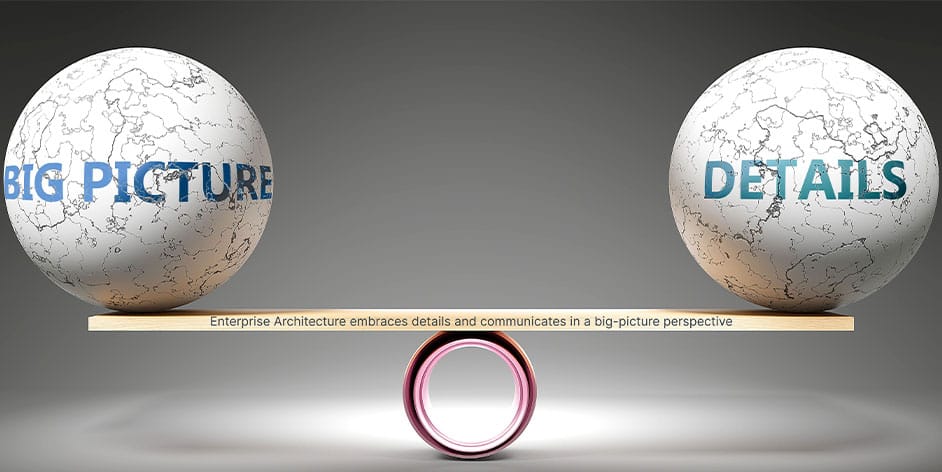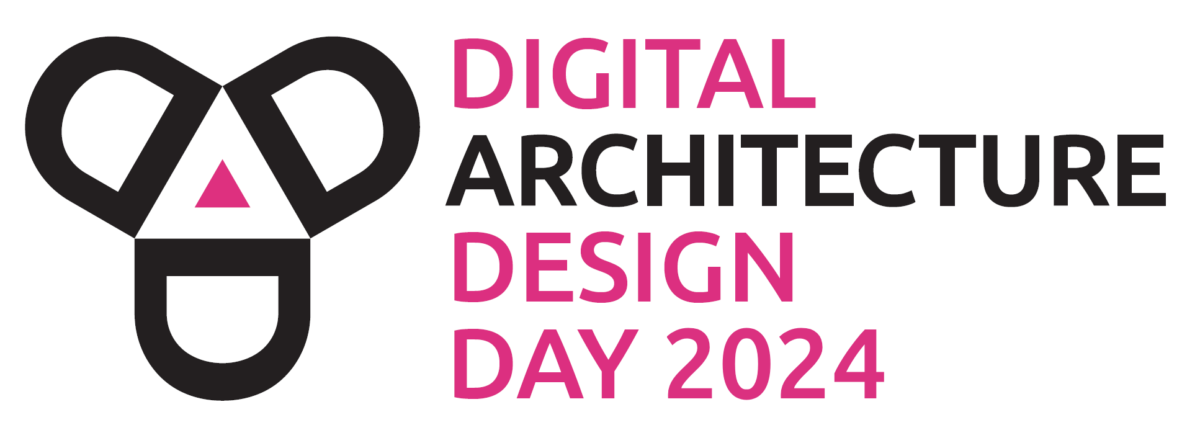Business Capabilities have been around for decades; but what are they? and why should you care?
The objective of working with business capabilities is to provide a big-picture approach to the enterprise architecture management (EAM). A “big-picture” means a holistic overview, a perspective with primary focus on what does the business do — or will do — or will not do; and without too many details. So the business capabilities represent a functional description of what the business does, not in what sequence or flow but in a purely functional way without too many details.
This is very useful for strategic discussions, to heatmap and visualise and communicate strategic moves. The business capabilities are a great structure for categorizing your business at high-leveland it is a great property that you can hide details and ask for more if you unfold a level to the next level of the capability structure. Hence, business capabilities can be broken down into more levels or layers, it does not have stay at level one, “we offer loans”, “we produce cars”, “we do dairy products”, etc.
The Business Capabilities are well-defined in literature and practice. This includes among others three very fundamental properties:
- They can be decompositioned in a hierarchical structure.
- For each layer, it is collectively exhaustive, that is, it covers the whole of the overall capability; that each, each set of children represent the same functionality as its parents adding up to 100% of the functionality. This a fabulous property for analysis, thus business architects (BA’s) and enterprise architects (EA’s) love them as they are easy to work with, logical, and collectively exhaustive.
- For each layer, it is mutually exclusive, that is they do not represent overlaps in functionality; the information assets we relate to the capabilities may have many overlaps, but not the function in itself.
As we draw (or auto-draw with e.g. modern toolsets) they appear easily in hierarchies and with boxes you can use for drill-down and get further navigation. We typically understand this implicitly when we see the diagrams, but it is properties as listed above. It is a useful property when analysing a full portfolio of processes, systems, and investments that we can make big-pictures of where and how-many there are within a mutually exclusive business functions.
The fact that business capabilities are collectively exhaustive, that means when viewing your business capabilities you get 100% of your business covered, not 20% or those 20% that cater for the 80%. This is a great property and supplementing the value stream analysis.
When brought together on maps with overlays, that is the collection of business capabilities showing “how much” do we spend, have, etc. then refer to these reports as Business Capability Maps.
As the Business Capability Map is a great “big-picture” of what the business does, it offers the great benefit to have your entire business on one screen. With strong focus on interaction and democratisation of the input to drive better definitions of your capabilities, you can then move to the next set of detailing it further, to manage yet more details and relationships.
We recommend a common session to get started with business capabilities, for various reasons:
- What is the right labelling and naming to be used?
- How many levels do we want?
- How to ensure the right focus on the core value chain (operations), versus other type of capabilities such as sourcing, development and compliance?
Business capabilities may be extended to include also strategic moves such as to remove or add new business capabilities as part of mergers, acquisitions, divestments or business development. If you need advise to get started, reach out for a meeting or advisory service.
We advise customers to get started with business capabilities. We provide senior EAM service, based on leading as next-insight for defining and scoring against business capability models. We can help you to succeed with pictures of IT Debt, progress measures, quality measures or risk measures.
To work with enterprise architecture calls for low-code, a low-code that can easily show new properties as the world changes and we need new business questions answered. Such a low-code, see next-insight for enterprise architecture is what we can offer to you, we call it Enterprise Architecture as a Service; an offering with guidance and practice and the world’s leading low-code. Reach out to get started with business architecture – the cockpit of enterprise architecture.



